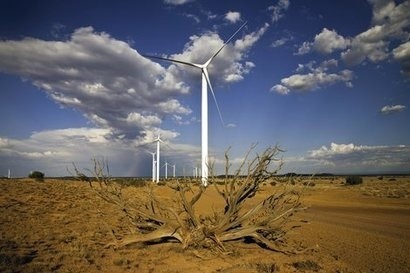
In May 2016, the US state of Maryland looked as if it was going to approve legislation to raise the state’s renewable portfolio standard (RPS) from 20 percent to 25 percent by 2020. However, Governor Larry Hogan, who had been expected to support the measure, vetoed it instead. Hogan claimed that the increased standard would impose “an additional burden” of up to $196 million in tax increases on ratepayers, despite the fact that more than 70 percent of the state’s ratepayers, across both major parties, supported the increased standard.
Supporters of the legislation predicted that the veto would cause immediate job losses in the solar industry, while also temporarily delaying reductions in air, water and climate pollution. In particular, the Chesapeake Climate Action Network described Hogan’s behaviour as “deeply hypocritical” given that he claims to support reductions in greenhouse gas emissions.
Last Thursday (5th January 2017), Senator Brian Feldman and Delegate Bill Frick joined with other state lawmakers, business leaders, and advocates, at the Maryland State House, to call for a veto override. The call was also supported by the American Wind Energy Association (AWEA), whose CEO, Tom Kiernan, said that the override would “signal Maryland means business and is committed to job growth while strengthening the state’s energy supply”. AWEA represents at least 1,000 member companies that manufacture, construct, and operate wind turbines in America.
“The Clean Energy Jobs Act is the most effective way for him [Governor Hogan] to meet those goals, creating new jobs in wind power and other industries while attracting hundreds of millions of dollars in new private investment to Maryland” said Kiernan. “We strongly support a veto override.”
States representing roughly a quarter of the U.S. population (California, Oregon, New York, Massachusetts, Michigan, Rhode Island, and the District of Columbia) have chosen to raise their renewable energy goals over the past year while adding jobs and investment. California, Oregon, New York and Hawaii have standards aiming for 50 percent renewable energy and beyond.
Maryland risks losing jobs and investment in energy sources like wind and solar if the Governor’s veto is permitted to stand. Wind power already supports close to 500 jobs in Maryland and has attracted $380 million in private investment to date.
For additional information:

